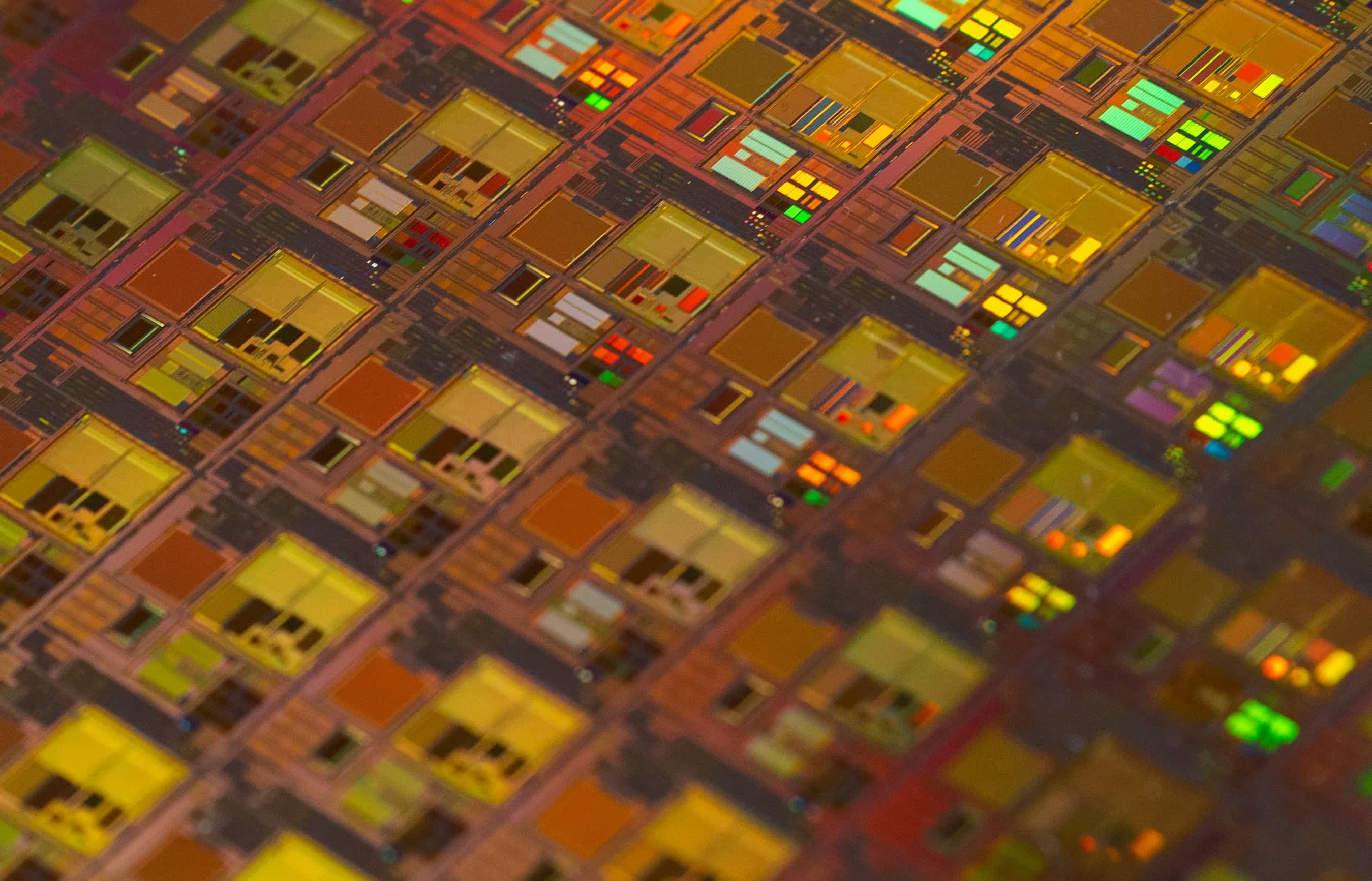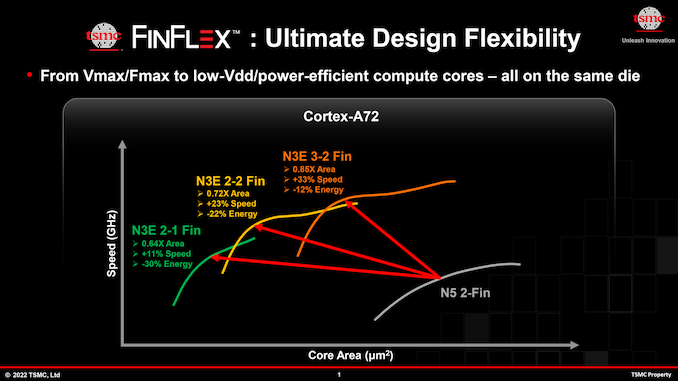In brief: Apple is reportedly going all in on TSMC's first-generation 3nm (N3) manufacturing process. Sources in the semiconductor supply chain told DigiTimes (paywalled, via MacRumors) that Apple has laid claim to 100 percent of TSMC's initial N3 supply. The contract manufacturer put its 3nm chips into mass production at the tail end of 2022 and has gradually ramped up output ever since.

At the going rate, sources anticipate output to reach 45,000 wafers in March.
Most expect Apple to utilize 3nm-based A17 Bionic SoCs in this year's higher-end iPhone 15 Pro and iPhone 15 Pro Max. If history is any indicator, the entry-level and mid-tier iPhones will get the A16 Bionic from the iPhone 14 Pro and iPhone 14 Pro Max, which are made using 4nm process tech.
Next-gen MacBook Airs due out later this year could also ship with 3nm-based chips.
According to TSMC, its 3nm tech can offer up to a 15 percent speed improvement and up to 30 percent power reduction at the same speed compared to its N5 technology.
Late last year, Bloomberg's Mark Gurman claimed Apple was preparing to overhaul its 2023 iPhone lineup by replacing the flagship Pro Max model with a handset called the iPhone Ultra. If you recall, Apple launched a rugged version of its Apple Watch using the Ultra moniker back in September. A revised prediction suggests the iPhone Ultra won't arrive until 2024 but when it does finally drop, it will sit above the Pro Max as an entirely new edition.

An iPhone Ultra could offer exclusive features and specifications not found on lower-tier models such as a higher quality display, an even faster processor with access to more memory, an improved camera system, premium build materials with enhanced durability or higher storage capacity options. Apple could also use it to experiment with forward-looking features like a portless design that relies entirely on wireless charging, or even a foldable design.
Either way, you can bet it will carry a premium price tag. For reference, the iPhone 14 Pro Max starts at $1,099.
Image credit: Maxence Pira, The Registi
https://www.techspot.com/news/97694-apple-procures-tsmc-entire-supply-3nm-chips-insiders.html
